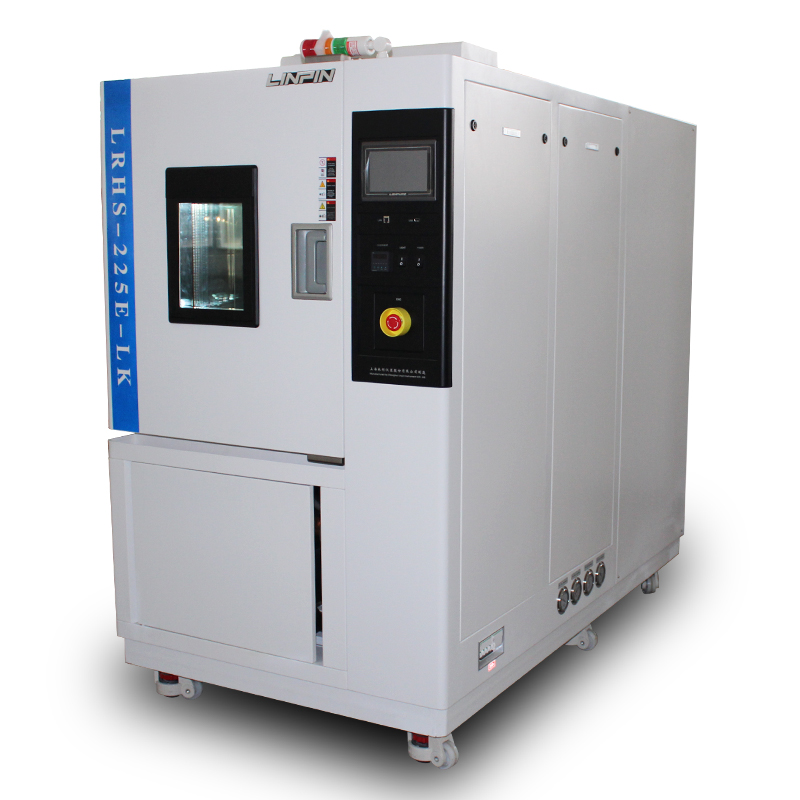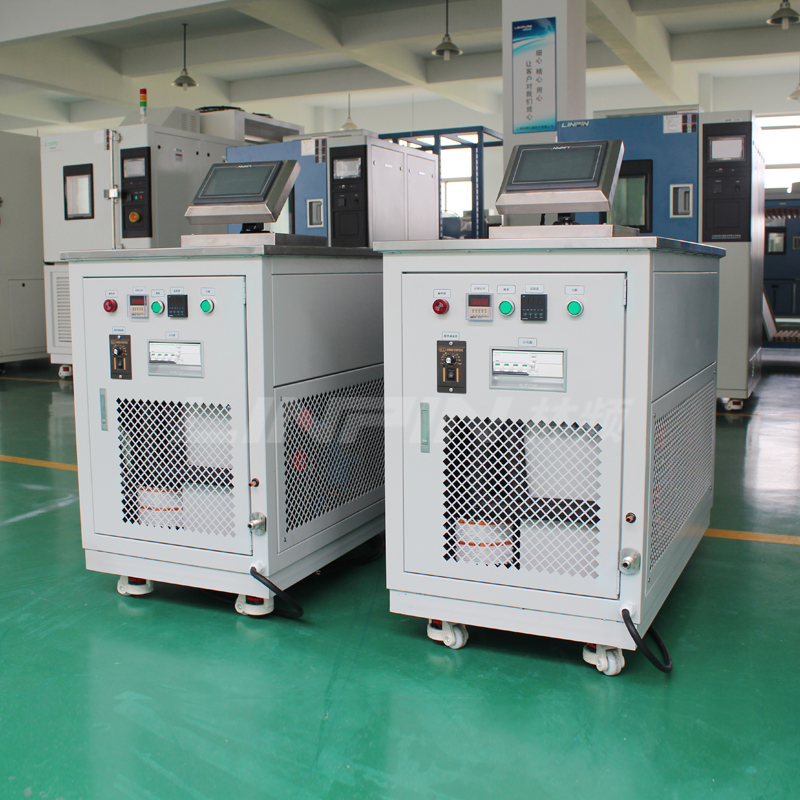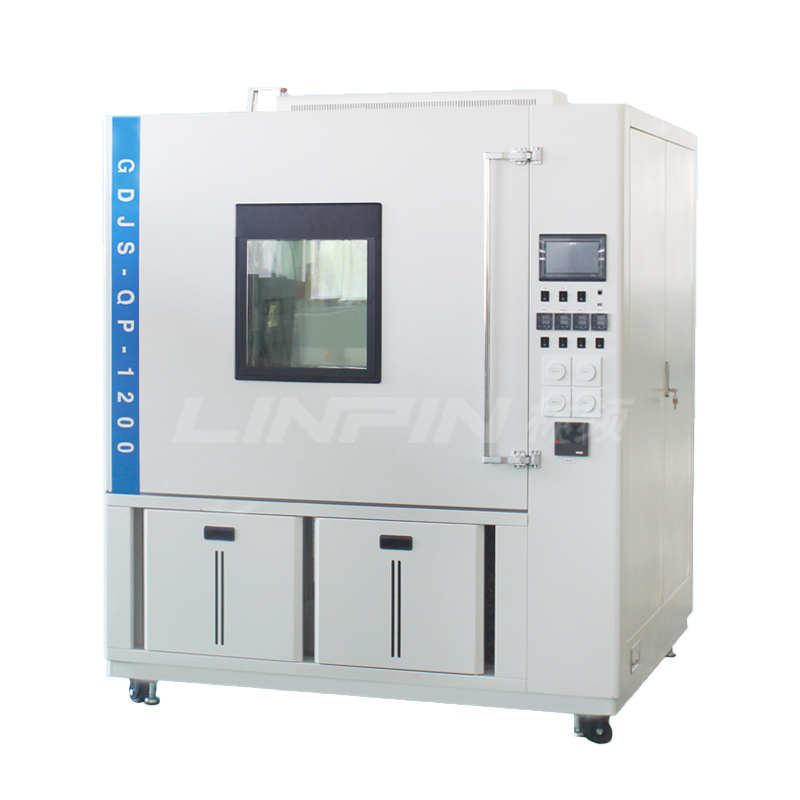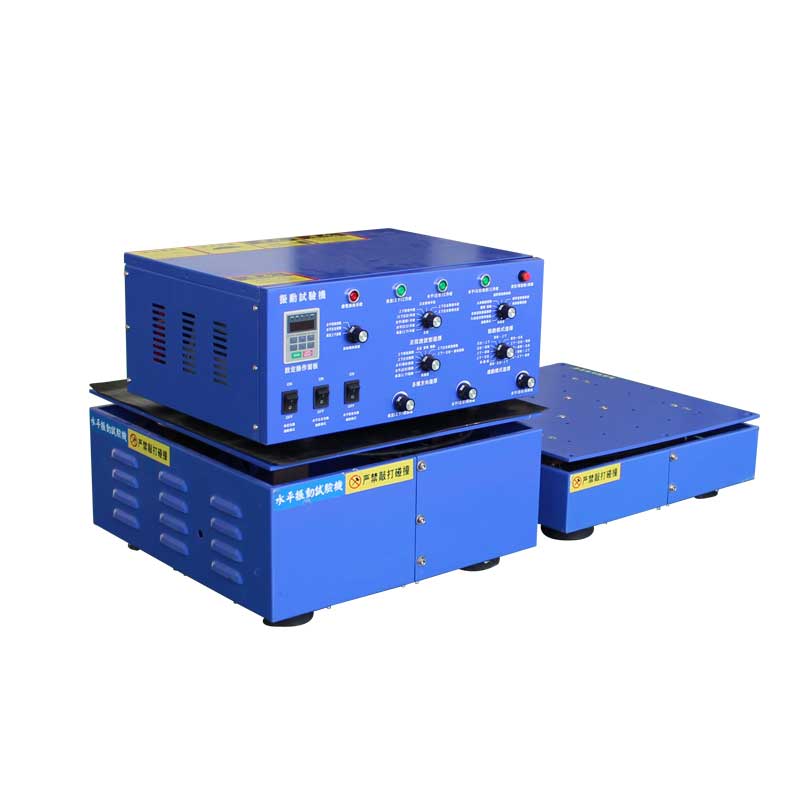Possible Reasons for Slow Cooling in Nonlinear Rapid Temperature Change Test Chambers
Author:LINPIN Update Time:2025-04-24 Source:LINPINThe slow cooling of a nonlinear rapid temperature change test chamber may stem from multiple factors. First, the design and structure of the chamber are crucial. If the internal layout is unreasonable, with sections exhibiting high thermal resistance, heat transfer in these areas will slow down, reducing the cooling rate. Additionally, the material selection of the chamber affects its thermal conductivity. If the materials have poor thermal conductivity, heat transfer within them will also be sluggish, thereby impacting cooling performance.
Second, the external environment of the test chamber may influence cooling speed. For instance, if the chamber is placed in a high-temperature environment or near heat sources, it will take longer to lower the temperature. Furthermore, if the chamber’s cooling system is obstructed—such as blocked cooling fans or dust accumulation on heat sinks—heat dissipation efficiency will decline, leading to slower cooling.

Additionally, issues may arise from the chamber’s control system. If the control system fails to regulate temperature accurately or malfunctions, cooling performance may be affected. For example, if temperature sensors are damaged or inaccurate, the chamber cannot precisely detect internal temperatures, preventing timely adjustments to the cooling rate.
Beyond these factors, other potential causes may contribute to slow cooling. Unstable power supply voltage, aging power cables, or other electrical issues can disrupt normal operation and reduce cooling efficiency. Moreover, prolonged operation without regular maintenance may degrade the chamber’s performance, further slowing cooling speed.
In summary, slow cooling in a nonlinear rapid temperature change test chamber may result from various factors, including design and structural flaws, external environmental conditions, control system malfunctions, and other operational issues. To address this problem, a comprehensive inspection and maintenance of the chamber are necessary to ensure all components function properly. Additionally, attention should be paid to the chamber’s usage environment and operating practices—avoiding placement in high-temperature areas or extended continuous operation. Only by taking these measures can we ensure the chamber operates efficiently and reliably, meeting testing requirements.





